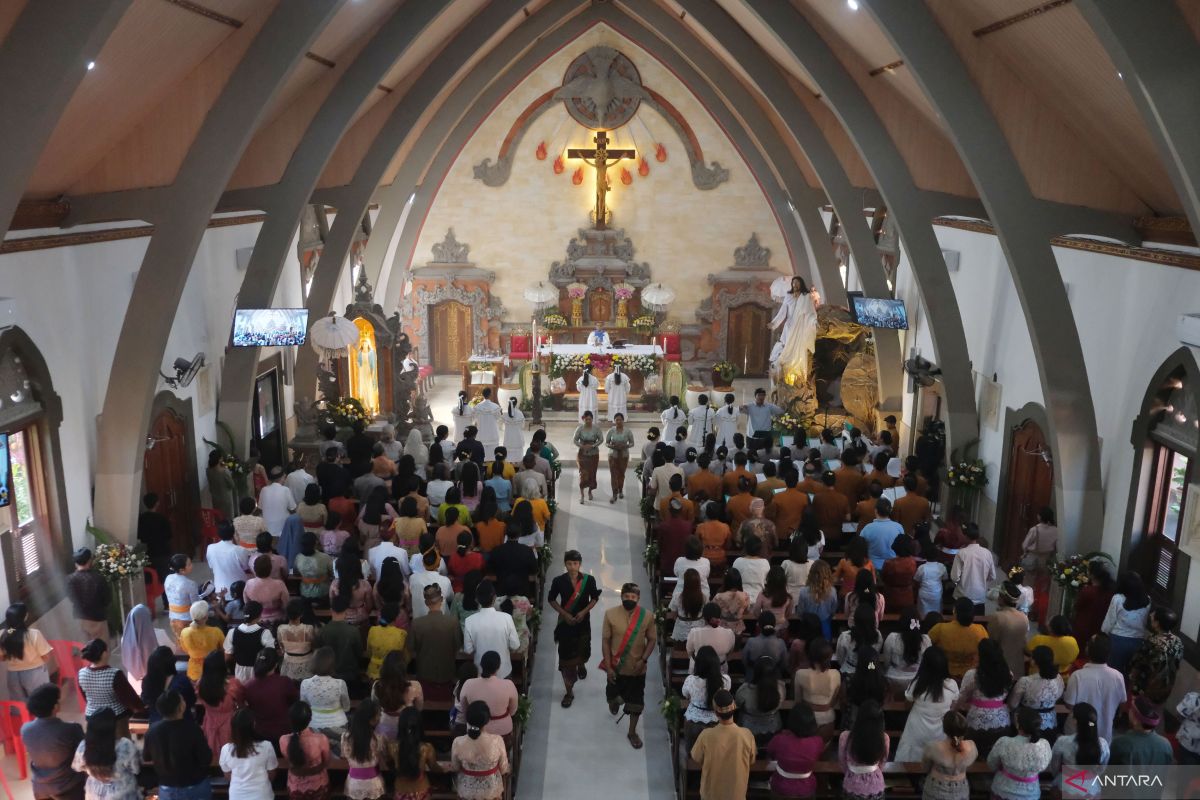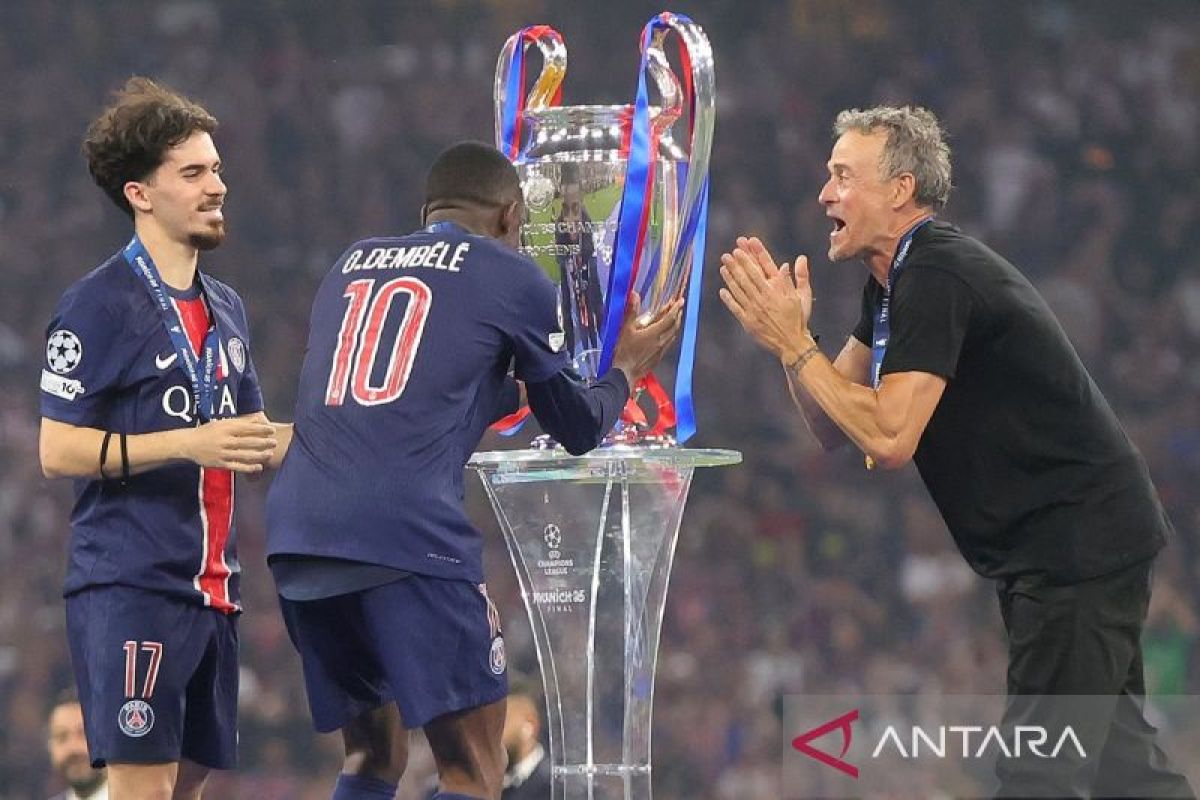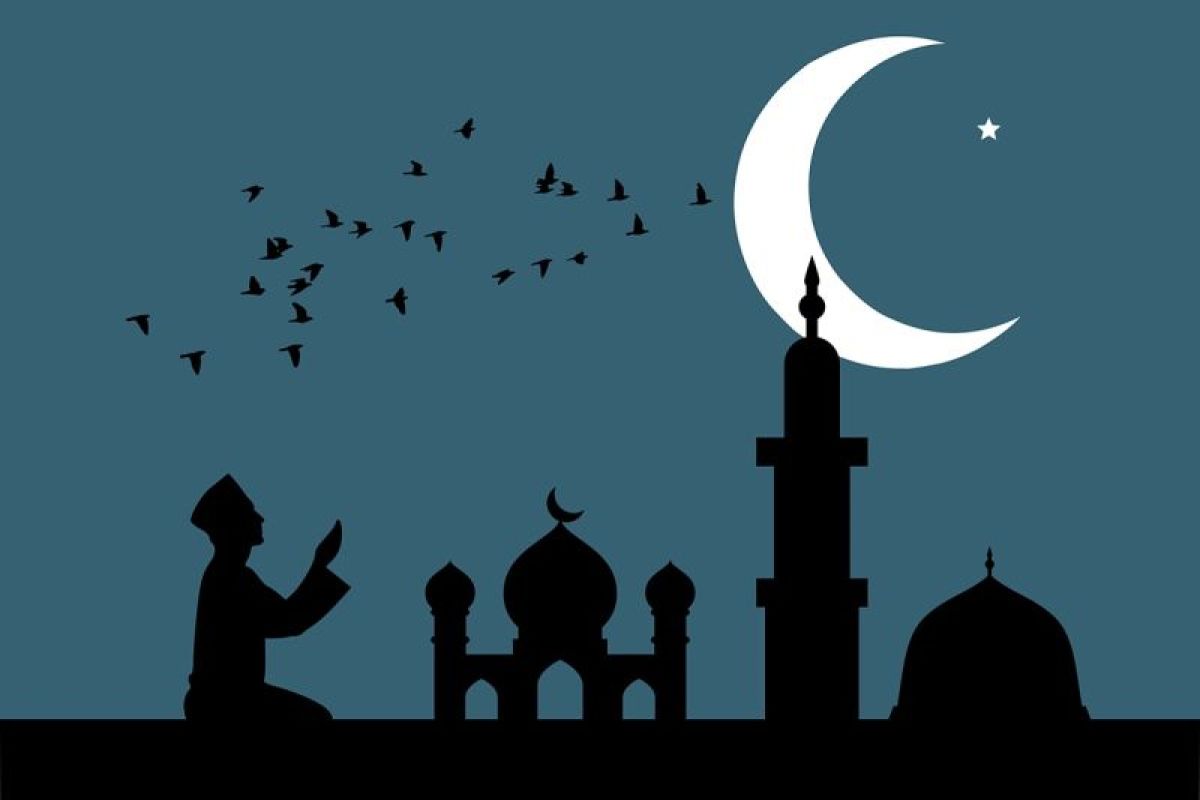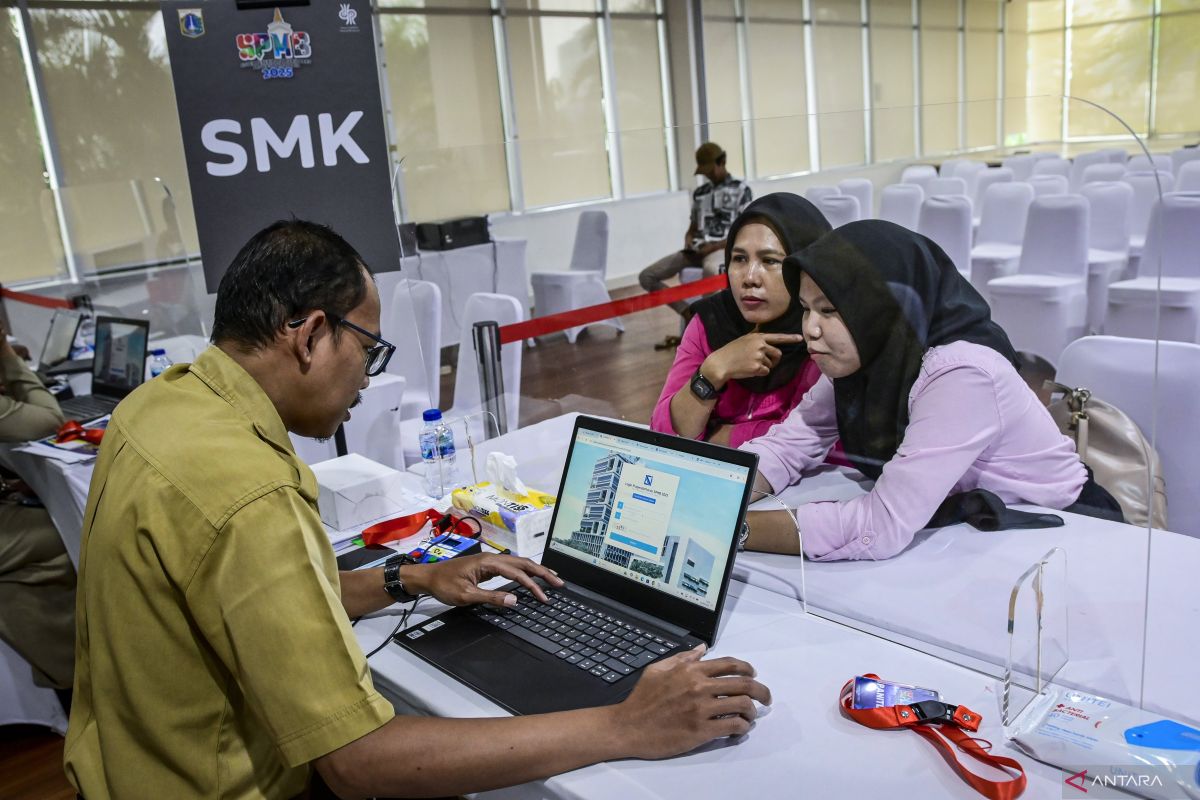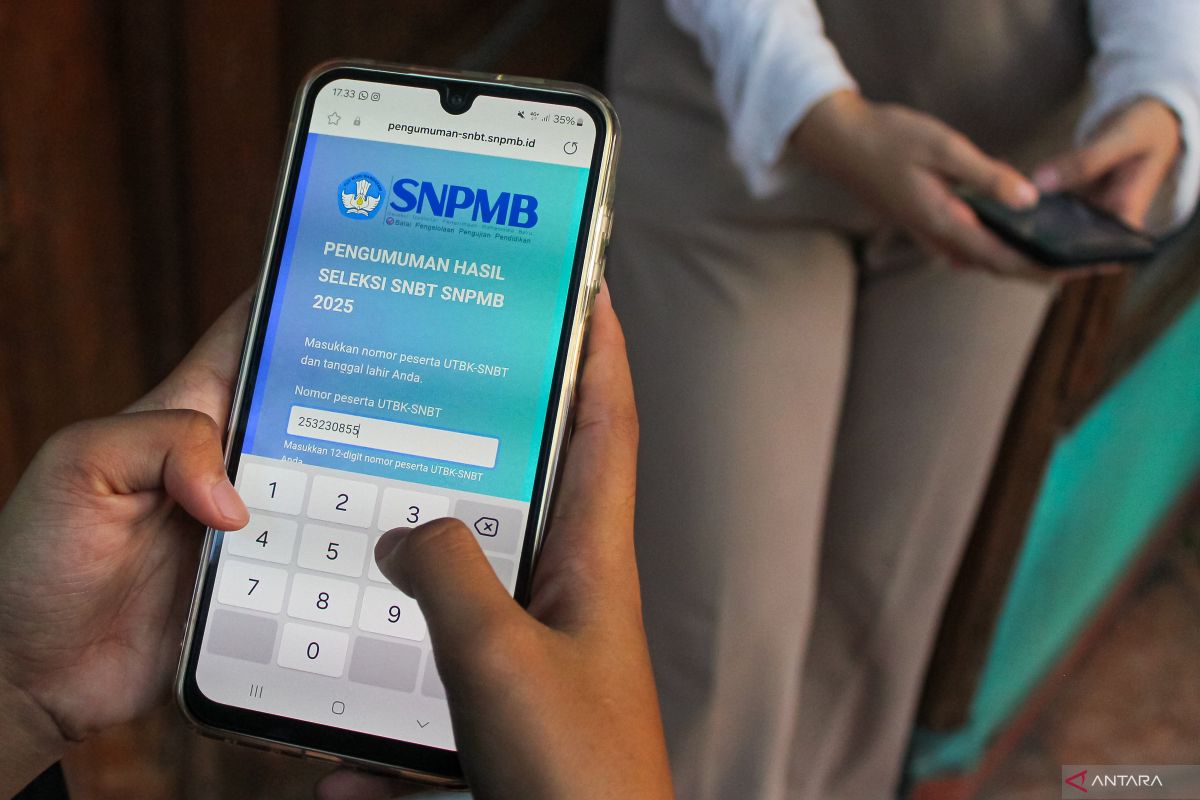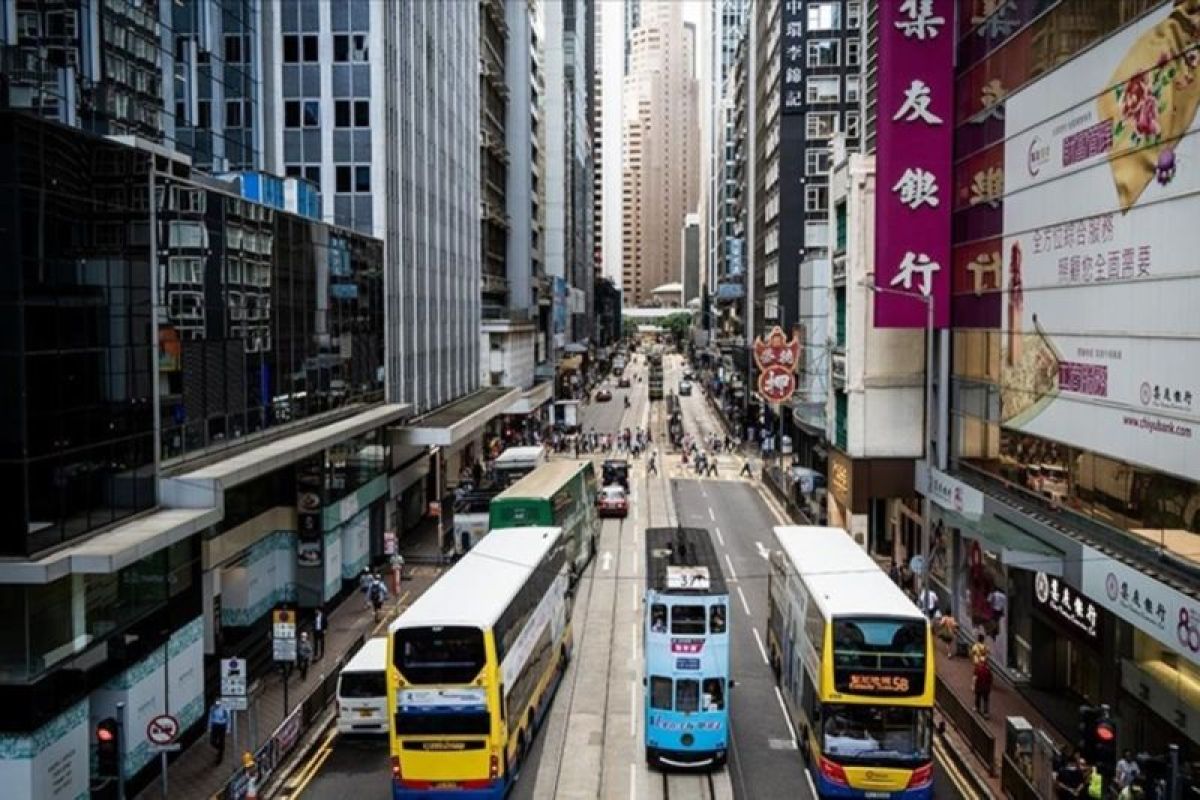It was a long way to ask a short question. Arriving at Glasgow Airport for an early morning flight to Rome in the summer of 1995, Walter Smith travelled as much in hope as expectation of hearing the answer he wanted.
Paul Gascoigne’s Italian odyssey had run its course. After a promising first season in which he’d helped to restore the fortunes of Lazio, the mutual attraction had faded, and a parting of the ways was deemed best for both parties.
While a broken leg had pressed the pause button on Gazzamania in the UK, speculation about which English side the Geordie genius would join still troubled the back pages.
Showing the tenacity of a door-to-door salesman, Smith opted to go straight to source.
‘I’d been on holiday in Florida the year before and my sons had a kickabout with him on the beach,’ Smith later explained.
‘At the time he said to me that Rangers were his Scottish team because there had been a past connection between Rangers and Newcastle.
Paul Gascoigne poses in a Rangers shirt after signing from Lazio in July 1995
Rangers paid Lazio £4.3m in 1995 to sign England star Paul Gascoigne
‘I’d never heard of that, but it stuck in my mind.
‘So, the following summer, when he was coming back to Britain, I went to Rome and doorstepped him.
‘I got a car up to his villa in the hills overlooking the city and rang the bell at his gates.
‘He came out and said, “What are you doing here?”
‘I said, “I’m here to see if you’d sign for Rangers”.
‘He said, “Aye, I will.” That was the extent of the talks.’
It was impossibly simple. Gascoigne was then aged just 28. The fee Rangers paid was £4.3million. His would-be suitors south of the border looked on with a mixture of astonishment and envy. It was a sporting heist.
Gascoigne’s life adventures to that point would have been known to undiscovered Amazonian tribes.
As he came through at Newcastle, Jackie Milburn claimed he was already the best player in the world.
His tears in Turin were the enduring image of Italia ‘90 as England lost the semi-final to West Germany on penalties.
Gascoigne burst into tears after defeat in the 1990 World Cup semi-final against West Germany
Gascoigne, Gordon Durie and Brian Laudrup celebrate Rangers' ninth title in a row in 1997
A year later, as a Tottenham player, the cruciate ligament injury he sustained in the FA Cup Final overshadowed his side’s victory over Nottingham Forest.
He was named BBC Sports Personality of the Year and appeared as a guest on the Terry Wogan show which began with the host describing him as ‘probably the most popular man in Britain today’.
Gascoigne apparently had his every waking hour recorded for posterity by the paparazzi. In the mid 90s, he was ubiquitous.
Smith would also have needed no one to tell him that managing the midfielder was likely to be extremely challenging.
Former Newcastle chairman Stan Seymour junior once said Gascoigne was like ‘George Best without the brains’. And seemed determined to enhance his reputation as the class clown, not lose it.
He famously managed to offend half the Italian nation by belching into a microphone after moving there in 1992.
‘Gascoigne used to drive me mad, but I had such a great affection for him because he was an artist,’ said his Lazio manager Dino Zoff.
‘He was a good boy - one who never suppressed his instincts. A lot of the time he was a disaster, but that’s what artists are like.’
Gazza was fined £20,000 for pretending to play a flute in a New Year clash at Celtic Park
Mauricio Manzini, Zoff’s right hand-man, must have rued the day he was detailed to keep the errant Englishman in check.
‘Zoff told me to keep an eye on him during his holidays,’ he said. ‘Paul went to Miami one summer and I used to have to ring him up every day. He kept telling me everything was fine.
‘The day he flew back, I turned up at the airport to meet him. I caught sight of this huge looking guy and said to a copper standing next to me: ‘Ha, he looks a bit like Gazza, doesn’t he?’ Then I realised it was him. He must have weighed 89 kilos.”
Looking back at the pictures of Gascoigne’s unveiling at Rangers on July 10, 1995, though, you would not have guessed he’d only made four appearances in the past year.
Gazza at Rangers training with manager Walter Smith
Gascoigne celebrates with Ally McCoist during a Scottish Cup win over Inverness in 1996
For the thousands of fans who congregated behind crush barriers on Edmiston Drive, the only thing that was conspicuous was his (soon to be widely copied) bleached blonde hair.
The couple of extra pounds he was carrying was nothing that couldn’t be addressed in pre-season training.
His debut came on August 9 in a Champions League qualifier against Anorthosis Famagusta. Rangers won 1-0 and progressed after a goalless draw in Cyprus.
Smith and chairman David Murray had hoped that a combination of Gascoigne and Brian Laudrup would see Rangers make immediate inroads in Europe, but their performance in the group stage was poor.
Without a win from their games with Juventus, Borussia Dortmund and Steaua Bucharest, Rangers finished bottom of the group.
Domestically, though, they were formidable. They lost just three league games - Hibs (twice) and Hearts - to win the title by four points ahead of a Celtic side that only lost one match.
That solitary defeat for Tommy Burns’ side came against Rangers at Parkhead in September with Gascoigne scoring the second.
He produced his most complete display in a blue jersey as Smith’s men came from behind on the penultimate day by netting a hat-trick against Aberdeen which included two outrageous solo efforts.
For his first, he took the ball from a Laudrup corner on the left side of the Aberdeen penalty area, jinked past two defenders then chipped the goalkeeper.
Then he won possession 10 yards inside his own half, slalomed more than 60 yards towards goal before brilliantly finishing. A late penalty capped a performance which the late Andy Goram said was ‘one of the most breathtaking individual performances I’d ever seen’.
While an earlier loss to the Dons in the League Cup semi-final banished thoughts of the Treble, a 5-1 thumping over Hearts in the Scottish Cup Final proved to be the perfect finale for Rangers and their clown prince.
‘I fell back in love with football and you can see by the way I played up there that I loved every minute,’ he recalled.
‘The game against Aberdeen underlined all that joy, and to get my hands on a league medal was the icing on the cake.’
With 19 goals in 42 appearances, Gascoigne lifted both the PFA and SFWA player of the year awards.
England's infamous 'dentist chair' celebration after Gazza's goal against Scotland at Euro 96
That summer, he’d light up Euro ‘96, scoring an iconic goal against Scotland at Wembley and celebrating in ‘dentist’s chair’. All was good in his world, or so it seemed.
His second season in Glasgow started with Rangers sealing seven straight league wins, clinching qualification for the Champions League and progressing to the League Cup Final where Gascoigne and Ally McCoist would score two goals apiece in an epic 4-3 over Hearts after the former famously sank a half-time double-brandy.
By that stage, though, the midfielder’s exploits on the field were not the only reason why his face was being splashed across newspapers.
In October of that year, Gascoigne and his then wife Sheryl were staying at Gleneagles hotel.
After drinking heavily in one of the luxury hotel’s restaurants, fellow guests witnessed Gascoigne shouting and swearing at his spouse before following her up the stairs to their bedroom.
The following day, Sheryl was photographed with bruising on her face, her arm in a sling, and fingers bandaged.
Looking back at press clippings of the incident now, you have to remind yourself that the incident took place in 1996 and not 100 years previously.
For reasons best known to themselves, Tayside Police didn’t pursue the matter. Rangers’ official response to it was to circle the wagons. These days, his feet wouldn’t have touched the ground.
Quoted in The Herald, then vice-chairman Donald Findlay said: ‘None of us here are going to get involved in somebody’s private life.
‘If Paul Gascoigne, or anybody else connected with the club, asks for help or advice we will give it. We are not going to interfere. It is entirely a private matter.
‘We will stand by anybody who works for the club who gives us 100 per cent loyalty. They will get the same back.’
Gazza spent three years at Rangers, winning two Premier Division titles
It was no isolated incident. In 2009, Sheryl Gascoigne released a book entitled: ‘Stronger. My life Surviving Gazza’ in which she documented a catalogue of physical abuse.
‘The world got Gazza the charmer and I got Paul the abuser,’ she said. ‘They’re two different people.’
Gascoigne later admitted: ‘There are definitely lots of things I look back on with sadness - things I’ve done that I wish I’d done better or not done.’
Those words didn’t cut the ice with everyone. When Gascoigne was inducted into Scottish Football’s Hall of Fame in 2018, Sky Sports reported that at least one SFA board member intended boycotting it and his nomination was ultimately withdrawn.
Others — the former team-mates who only saw the gregarious and generous sides of his personality — were more forgiving.
‘Even in the players’ lounge after the game, he’d be giving some of the players’ kids £10, £20, playing games with them,’ recalled David Robertson.
“I remember one time I went to a petrol station next to Ibrox and the guy said to me, ‘your team-mate Gazza has been in and he’s left £50 behind the till to buy sweets for kids’.
“You know what the sad part is, his life’s well-documented, but not many people talk about the good things with him.’
It’s indeed hard to reconcile the figure that perpetrated an assault on his wife with one whose generosity to strangers was so renowned.
“He was staying at the Waldorf Hotel (in New York), just himself,’ revealed Smith’s No 2 Archie Knox.
“There was a guy begging just along the street. He got a hold of that guy and took him first of all to get clothes.
‘He kitted him out, the whole lot. He took him back, booked him into the Waldorf Hotel then took him out for a meal at night.
“The next morning he took him back to London for the night again. Took him out and put him on a flight back the following day. Incredible, absolutely incredible.”
Aside from his ability with a ball at his feet, his team-mates enjoyed being around an individual who seemed draw to mischief like iron filings to a magnet.
‘We were in the dressing room and I was saying to people that I was going to have a wee firework display for the kids,” McCoist recalled.
Gascoigne shields the ball from Aberdeen midfielder Ilian Kiriakov
Gascoigne celebrates after scoring a hat-trick against Aberdeen to clinch the title in 1996
“He sidled up to me two minutes later and went, ‘By the way, I’m your man if you want some fireworks’.
“Anyone with common sense would have walked in the opposite direction at that point, but I went, ‘Come on, then’.
‘He ended up getting me two £100 boxes for about £30 and this rocket... well, the next level up needed to be manned! It had a head on it that wouldn’t have looked out of place at Cape Kennedy.
‘We had a great firework display. Then, on the Sunday night, because he lived in the next village to me, he thinks it’s a good idea to let one off and point it in the direction of my village. At 2am, it lit up my bedroom and I was lying in my bedroom in hysterics.
“Then the cops phoned to tell me they were providing Mr Gascoigne with a bed and some breakfast in the morning, and would I be able to come over and pick him up...’
McCoist believes that Rangers saw the best of Gascoigne as a footballer and he might well be right. He managed 17 goals in 34 games in his second season as the Ibrox men equalled Celtic’s record of nine-in-a-row.
He never truly reached that height again, scoring just three times in 28 matches the following season with his influence diminishing. He was fined £20,000 for pretending to play a flute in the New Year clash at Celtic Park - a reprise of his antics during a pre-season friendly shortly after he signed.
He moved to Middlesbrough for £3.75m in the March of what would become a trophyless season at Ibrox, before unremarkable spells with Everton and Burnley.
After being given a hero’s welcome, Gascoigne’s departure from Rangers was not widely mourned. The truth was that his football - once the release from his mental health problems and alcoholism - was now suffering.
Yet, his impact in a comparatively short spell at the club can be seen to this day in the number of No8 jerseys emblazoned with his name. He was worth the trip.

 2 months ago
15
2 months ago
15






























